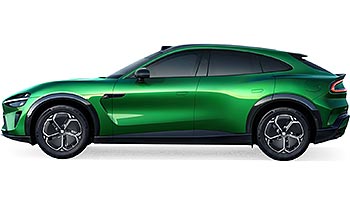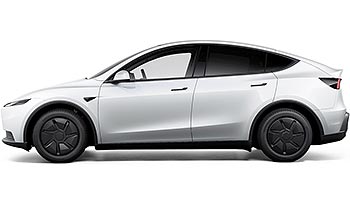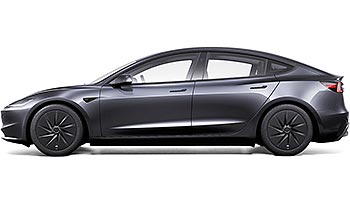Tesla Robotaxi troubles grow with seven reported crashes in Austin
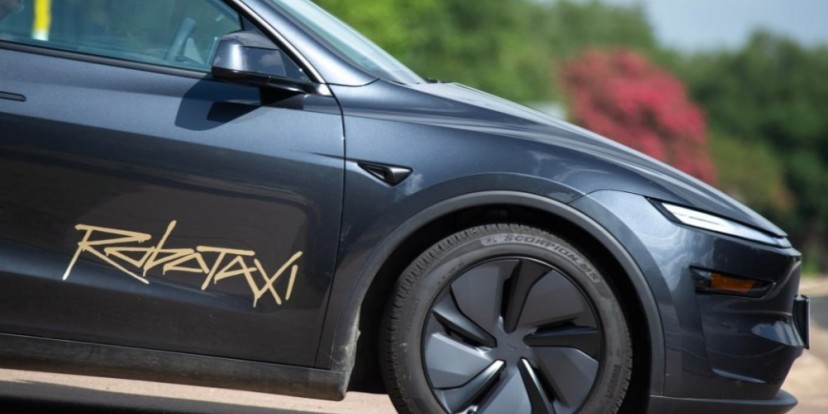
The latest reports from Texas suggest that the future where vehicles drive themselves safely and efficiently is still far away, at least for one major automaker. Tesla recently told federal regulators about three new accidents involving its Robotaxi fleet. These incidents happened in Austin, bringing the total count of crashes to seven since the service started.
This rising number of accidents is drawing attention from safety experts and fans of EVs. The Robotaxi service in Austin operates differently from a standard consumer car. A Tesla employee sits in the passenger seat, monitoring the ride. They are there to take control if something goes wrong. And yet, despite this safety layer, the cars keep running into trouble. What makes the high number of crashes even more prominent is the fact that the fleet has not driven a massive number of miles yet.
The three most recent crashes happened in September. Details on these events remain scarce, but we know that one incident involved a Robotaxi hitting a car that was moving in reverse. Another accident involved a cyclist. The third reported event involved an undefined animal. These are not high-speed highway disasters but city driving issues that point to struggles with basic obstacle detection.
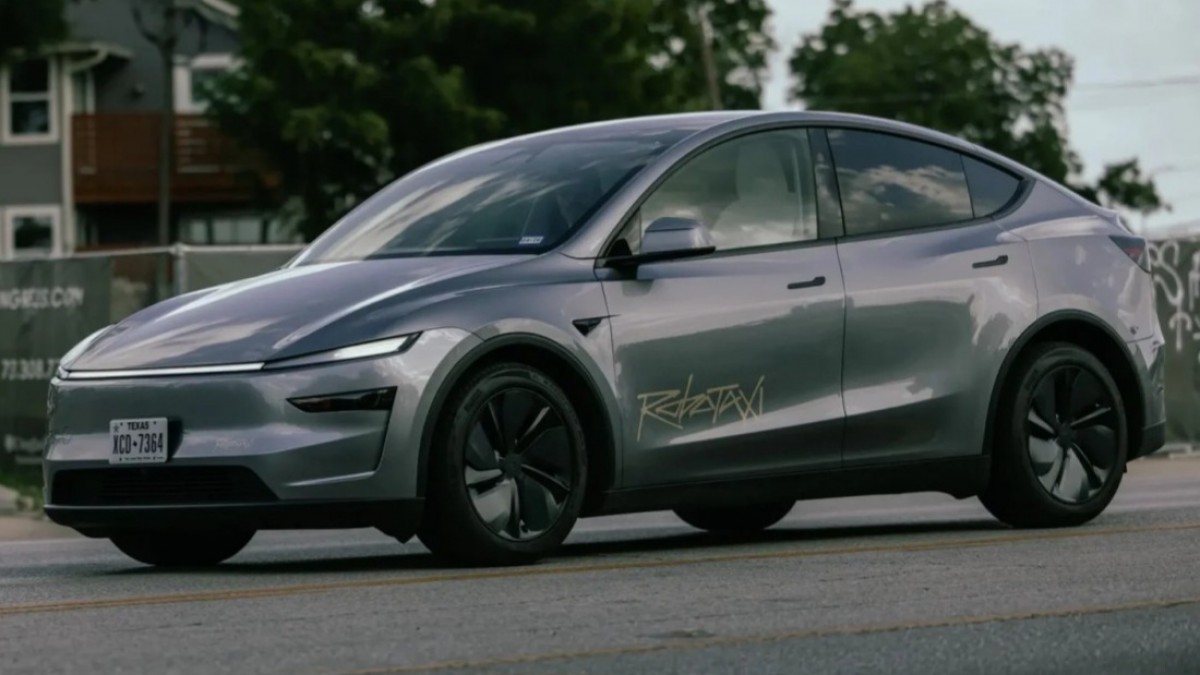
Hitting a backing-up car or a cyclist raises questions about the software. The sensors on electric cars usually handle these things well. The fact that the software failed - or the human supervisor could not stop it in time - is worrying. It shows that the system might not be ready for the unpredictable nature of city streets.
Understanding exactly whose fault these crashes are is tricky because of how Tesla fills out its forms. Automakers must send reports to the National Highway Traffic Safety Administration (NHTSA). Most companies explain the crash in a written section called the narrative. This narrative tells the public whether another driver ran a red light or if the computer made a mistake.
Tesla chooses to block out this information and redacts the narrative section entirely. This prevents the public from knowing the truth, but it is entirely legal, even if it frustrates data analysts. Without the story, nobody knows if the Robotaxi caused the crash or if it was a victim. Fans of the brand often argue that other drivers cause these wrecks. That might be true. But since the company hides the proof, nobody can say for sure. Other autonomous companies like Waymo share these details openly.
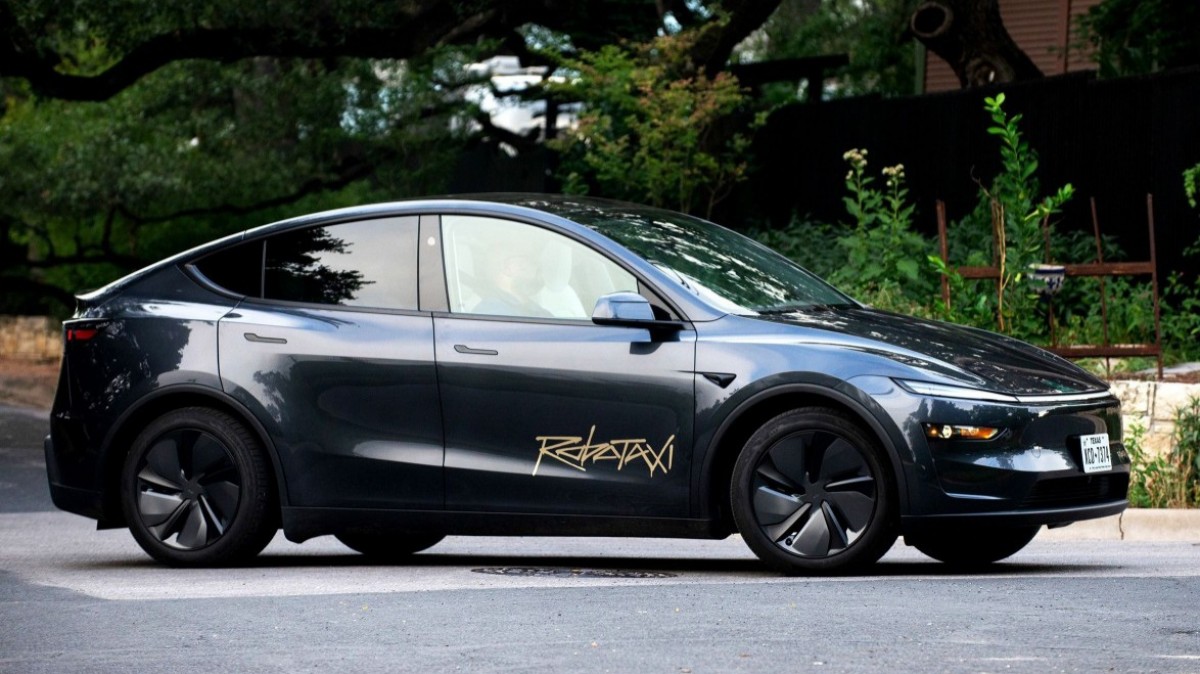
Mathematics paints a clear picture of the problem. The Tesla Robotaxi fleet traveled about 250,000 miles between late June and early November. By now, that number is likely close to 300,000 miles. Seven crashes in that short distance - that's a high frequency.
For comparison, a normal human driver usually goes about 700,000 miles before having a crash. This includes both minor and major accidents. The current data suggests the Robotaxi crashes much more often than an average person. It also crashes about twice as often as its main competitor, Waymo. Waymo cars drive millions of miles with no human operator inside and have fewer reported issues per mile.
The most critical detail is the presence of the supervisor. Tesla Robotaxi vehicles are not driving empty. A human sits right there with a kill switch. Their only job is to watch the road and stop the car from crashing. Yet, seven crashes still occurred.

We do not know how many accidents the supervisors prevented. The number could be high. But the fact that seven accidents slipped past the human monitor suggests the system behaves unpredictably. If a trained employee cannot stop a crash from the passenger seat, a regular passenger in the back seat has no chance.
Safety is the most important factor for the adoption of autonomous tech, and every accident hurts public trust. The industry needs people to believe these vehicles are safer than human drivers, but right now, the stats from Austin show the opposite.
Of course, Tesla keeps working on improving its software, but until the crash rate drops, questions will remain. Transparency would be a great help here - if the company released the crash narratives, the public could at least understand the challenges better. Unfortunately, we only have the raw numbers to investigate. With seven crashes in such a short time, those numbers do not look good.
Related
Reader comments
- Steve
I do not see these Tesla incidents listed in the City of Austin's own Autonomous Vehicles reporting. austintexas.gov/page/autonomous-vehicles
- 19 Nov 2025
- 4Dg
- Me
1.1M kms (or 700K miles) is what an American drives during their lifetime. We drive more. Crash occur every 500K miles (not 700K). So it is not accurate but close. Probably this does not include some minor crashes as these are often not reported. ...
- 19 Nov 2025
- sHw
- cristi c
I don't know where you get your statistics, but IRL people do not drive 1.1 million km before they have an accident. In fact, in order to reach that high number of km you would need to drive 20-30 years. So If people don't have an accident ...
- 19 Nov 2025
- mAZ











